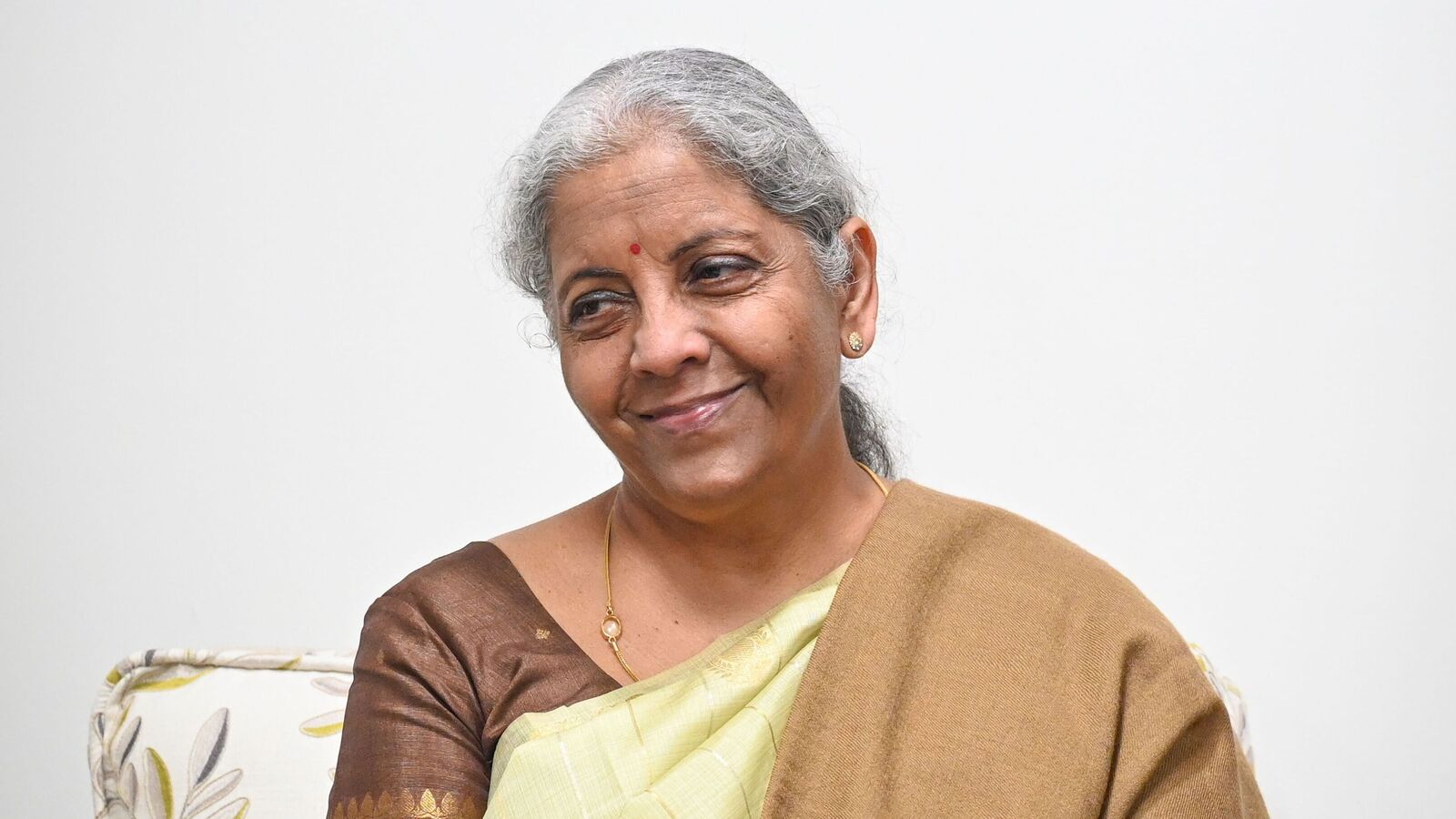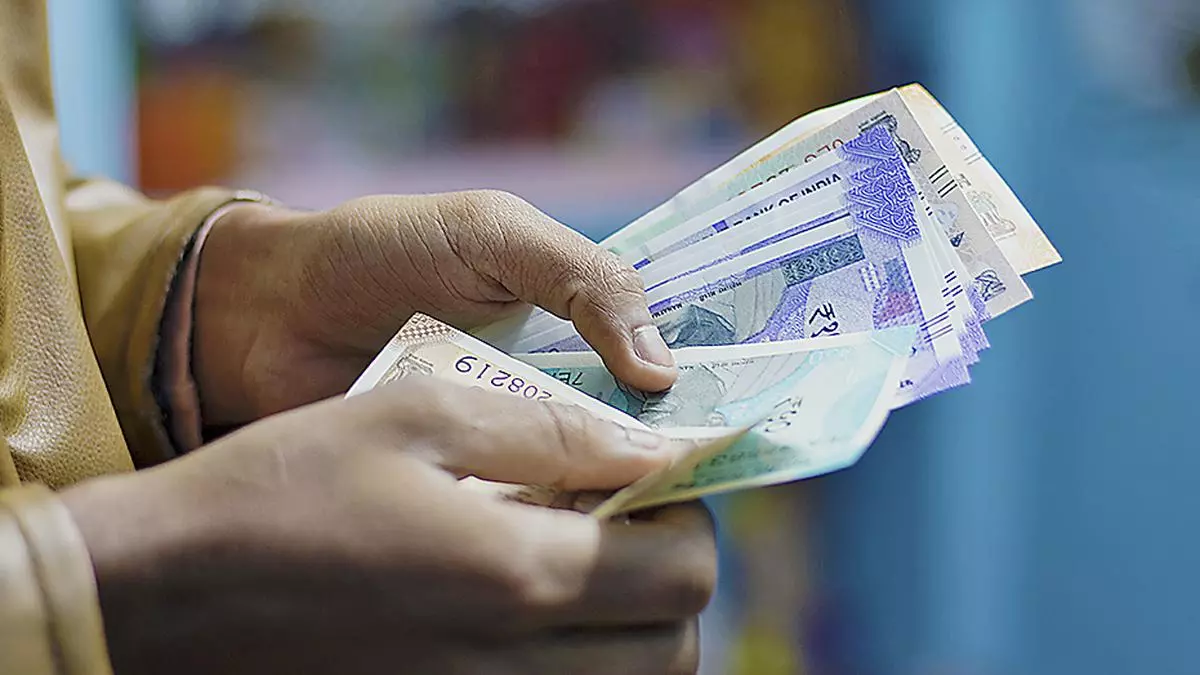The Sukanya Samriddhi Yojana (SSY) is a government-backed small-savings scheme dedicated to those with a girl child. The scheme is a part of the Beti Bachao, Beti Padhao campaign that was started in 2015 to spread awareness and improve the efficiency of welfare services intended for girls in India. As a part of the SSY scheme, parents or guardians can open a savings plan in their girl child’s name at any authorised bank or post office.
Features of SSY:
- The parents of a girl child are eligible to apply for the SSY scheme. At the time of application, the girl child should be under the age of 10.
- The lock-in period of SSY is 21 years from the date of account opening.
- The interest rate is 8.2% per annum.
- As per the SSY, the number of accounts parents can open is restricted to two.
- The maximum investment limit is Rs 1.5 lakh and the minimum amount is Rs 250. There is no restriction on the number of deposits made in a month or a year.
- As a parent, you’re allowed to make a pre-mature withdrawal only once, that too when your daughter attains 18 years of age.
- Unlike children’s mutual funds where the expense ratio is charged as a maintenance cost, SSY Account does not charge any costs.
“Deposit is to be made for 15 years from the date of account opening. The account will mature 21 years after the date of opening or at the time of marriage of the girl child (after attaining age of 18 years). One withdrawal of up to 50 per cent of the corpus available at the end of preceding FY is allowed for education expenses after the girl turns 18 or passes 10th standard. Premature closure is allowed after five years of account opening on fulfilling conditions like death of account holder, life-threatening disease of account holder or death of of account holder or death of the guardian by whom the account is operated,”
The scheme has the exempt-exempt-exempt (EEE) model, where the deposits, the interest earned as well as the maturity amount are tax-free. The sum invested in the SSY scheme is eligible for tax deduction under Section 80C subject to a maximum of Rs 1.5 lakh. On maturity, the entire amount, including the interest, is tax-free.
“The Sukanya Samriddhi Account (SSA) Scheme has the highest rate of interest among all the Small Savings Schemes i.e. 8.2 per cent (Jan-Mar 2024). The government adjusts the interest rates of the scheme on a quarterly basis. However, you can estimate the maturity amount by evaluating the average interest rates offered throughout the year. Starting in 2022, let’s say you begin investing Rs 1.5 lakh annually, and your daughter is 5 years old at the time. Assuming the current interest rate remains constant, your invested amount would accumulate to Rs 22.5 lakh, with an interest of Rs 47.3 lakh, resulting in a maturing amount of Rs 69.8 lakh,”
The scheme offers tax benefits, a higher interest rate, and a nearly risk-free investment tailored for your daughter. It’s crafted to help you accumulate ample funds for her higher education, marriage, and any other financial objectives you envision for her.
Is there an alternative?
Equities help you earn inflation-beating returns and are considered as the most suitable asset class for investing with a long-term horizon. For such a lengthy time period, it is best to go for a pure equity fund such as a flexi-cap fund or even a tax-saver fund (ELSS) (if you wish to claim the tax benefit from Section 80C of the Income Tax Act). “Suppose you’re new to investing or haven’t invested in equities before, you can start with an aggressive hybrid fund. These funds have a portion of debt allocation in them which reduces the volatility of the fund. Once you get comfortable with the ups and downs of equity, then you can move on to a flexi-cap or a tax-saving fund,” according to Value Research.
“You could consider a SIP in your daughter’s name, which typically yields average returns of 10-12% annually. Though it entails temporary market volatility, it presents an opportunity for higher returns. However, the longer lock-in period of the SSY promotes discipline and increases the likelihood of greater long-term savings,”
What is the ideal investment?
“If you are a risk-averse person, you can consider investing up to Rs 1.5 lakh per year in Sukanya Samruddhi Yojana which currently offers 8.2% interest rate. This is higher than any FD. Also, returns on SSY are not taxable. And since it’s a government-backed scheme, it’s safe. But you need not resort to SSY just because it’s meant for a girl child. If you have the capacity to take some risk, you should consider equity mutual funds like ELSS instead,” said Anmol Gupta, a Sebi registered financial advisor and founder of 7Prosper.
Tax Saving equity mutual funds or ELSS can generate a far higher amount of wealth in the long term even after accounting for capital gains tax. Gupta explains this with the following example:
Rs 1.5L/year invested in SSY for 15 years will generate Rs 70 lakh after 21 years at 8% interest rate.
But the same amount of investment will give you Rs 1.2 crore after 21 years @12% post-tax return from equity mutual funds.
Account for inflation in education costs:
Inflation in education costs has been far higher than economic inflation over the last 20-30 years. “A highly effective strategy is to start a goal-based Systematic Investment Plan (SIP) in large balanced funds. These funds, which invest in a mix of equity and debt, offer growth potential while managing risk, making them suitable for long-term goals like education savings. Automating your SIP contributions ensures consistent savings growth, critical for keeping up with rising education expenses. Additionally, diversify your investment portfolio to mitigate risks and adapt to market fluctuations,”
Visit www.cagurujiclasses.com for practical courses











